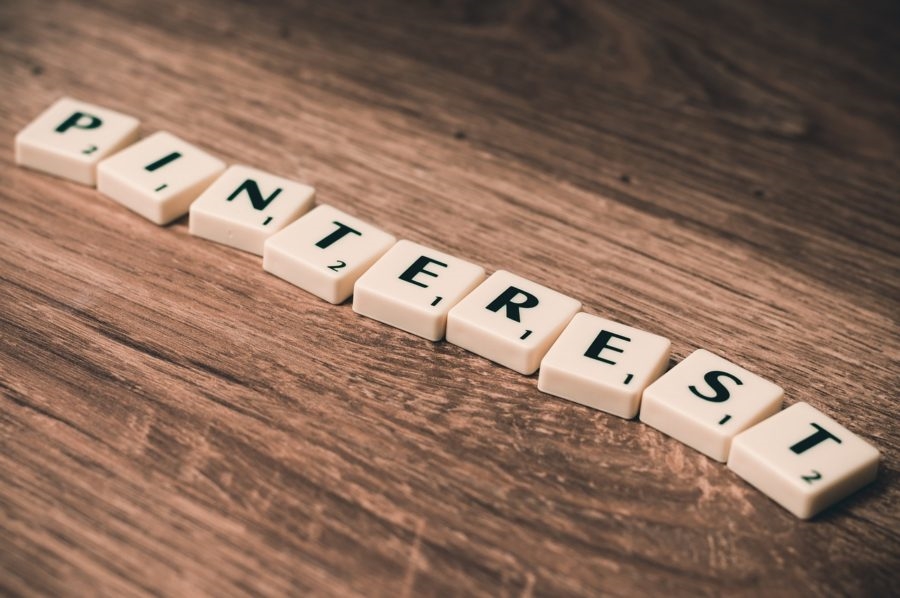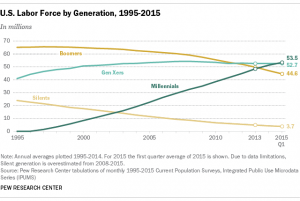— November 26, 2017

FirmBee / Pixabay
What is Pinterest? Pinterest is one of the visual social media platforms online, and is also considered a search engine in its own right. It’s essentially a virtual dream board where people can share and save their ideas. You can find everything from recipes to project renovations, to the perfect outfit for a special event.
Each idea is represented by a “pin” that is made of an image, a description, and a link back to the original source of the image online. When someone clicks a Pin’s URL, they can find out more about the idea and act on it if they choose.
Pins come from all over the web, and are brought to people by a mix of personal and business accounts. People can Pin anything they want from any website they visit using browser extensions and the “Save” button.
Pins are saved to boards, which can be created and organized on a user’s profile however they wish to set them up. Once someone adds a Pin, others will start to see the Pin in the home feed, as well as search results. Businesses create Pins to build brand awareness, highlight their products and services, and increase sales.
This is the first of a three-part series on Pinterest and making it work for your business. So, with the basics of how it works out of the way, let’s take a look at some statistics that show why your business needs to be actively pursuing Pinterest as part of your social media marketing strategy.
Isn’t Pinterest Just for Recipes and Crafts?
Pinterest may have started out as a hub for recipes and crafts, but it has evolved greatly from that. Home improvement brands like Lowe’s and Home Depot use the platform to highlight home renovation and landscaping projects. Fashion brands highlight their clothes, shoes, and accessories. Even marketing agencies and those without tangible projects are benefiting from the network because they can pin useful articles with beautiful graphics.
Pinterest has more than 150 million monthly active users, and 80 million of them are located outside the United States. Two million users saving shopping Pins on their boards every day. 87% of Pinners have purchased a product because of the network, and 93% of Pinners have used the site to plan a purchase.
The majority of active pinners are under age 40, though the network does have older users. While the network used to feature mostly women, male users have grown 120% in the past year, and account for 40% of all new sign-ups.
What if I’m Not Marketing Products?
It’s true products do well on Pinterest, but you can still make use of it. It’s a great place to promote your website content. More than 5% of all referral traffic to websites comes from Pinterest. It’s a huge driver of traffic, and though 5% doesn’t seem all that impressive, when you consider the volume of traffic on the web every day, that’s a huge amount. Pinterest is only second to Facebook, which accounts for 25% of all referral traffic. To put it in perspective for you, Twitter, Reddit, StumbleUpon, and Google+ all have less than one percent of the market.
There are many brands out there that aren’t in any kind of e-commerce space, still making Pinterest work for them. In this article from Search Engine Journal, you’ll see how brands use Pinterest to bring foot traffic into their stores, to engage with their audience, to show off their talent, and communicate their brand.
Why Does Pinterest Matter to SEO?
Pinterest offers a lot for SEO, if you know what you’re doing and understand how it works. By properly optimizing your account – including description, boards, and Pin descriptions, you have more of a chance of showing up in the search engine results pages. Though the links from Pins to your website are nofollow, it still puts your links in front of people to drive traffic. The more traffic you get, the better off you are, since Google and other search engines will see your content as a source of quality information that meets users’ needs.
When someone comes to your site from Pinterest, they may join your email list, purchase your products or services, or inquire about how to work with you. Ultimately, Pinterest can support your off-page SEO efforts much like Facebook can. We’ll get more into the details of how that works in the final part of our series.
Pinterest is Marketing Power
In the final two pieces of our series on Pinterest, we’ll dig much deeper into how to make it work for your business. Our second piece covers how to setup your account the correct way so that you’re in the best possible position to use it for both marketing and SEO purposes. Our final piece in the series covers Pinterest and SEO, along with tips you can use to get the most from your account.
Digital & Social Articles on Business 2 Community
(71)
Report Post





